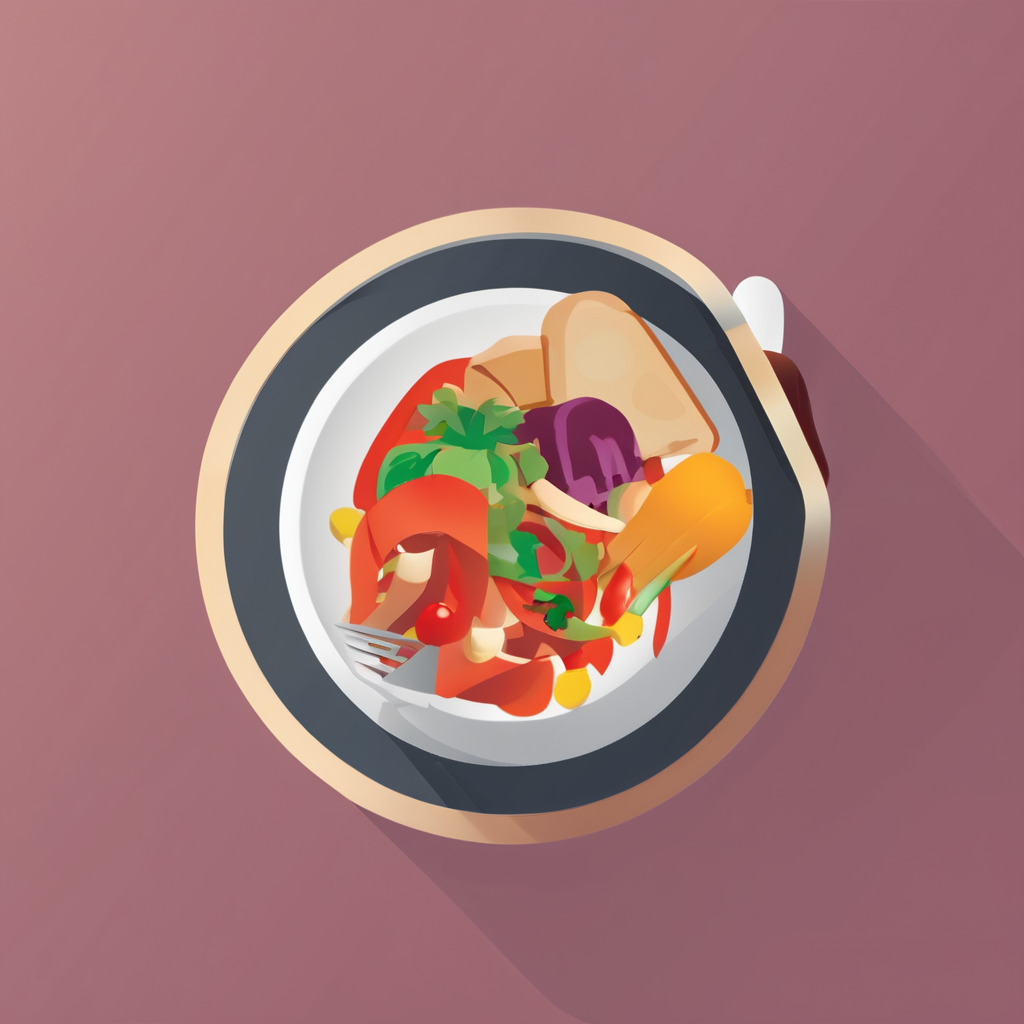Strategies UK Bars Use to Curate Their Wine Lists
Curating a wine selection in UK bars involves a strategic process that balances customer preferences, cuisine, and market trends. Bars carefully choose wines that complement their menu, ensuring the pairing enhances the overall dining experience. For instance, a bar serving Mediterranean dishes may focus on crisp, acidic white wines that brighten each bite. Understanding the tastes of their target customers is equally crucial; a trendy urban bar might prioritize natural and organic wines popular among younger patrons.
UK bars also monitor global and local wine curation trends to stay relevant. This might include highlighting lesser-known grape varieties or sustainable producers, appealing to customers seeking novelty or ethical consumption. Additionally, price points are considered to provide options for different budgets without compromising quality.
Also read : How do UK kitchen bars cater to dietary restrictions and preferences?
The goal is not just to offer a variety of bottles but to create a cohesive list that feels thoughtfully assembled. This strategy ensures that every glass served elevates the atmosphere and pairs perfectly with the food, reinforcing a memorable dining experience. By combining these elements, UK bars craft wine selections that reflect their unique identity while delighting their patrons.
Principles of Food and Wine Pairing in UK Bars
Understanding wine pairing principles is essential when crafting menus for UK bars aiming to enhance customer experience. The main idea behind food matching is to balance flavors, textures, and intensities between the dish and the wine. For instance, lighter white wines like Sauvignon Blanc typically complement delicate foods such as seafood or chicken, while robust reds such as Pinot Noir pair well with richer meats like lamb.
Have you seen this : How Do UK Restaurants Influence Culinary Culture in Bars?
UK bar menus often incorporate classic pairing strategies, including matching acidity levels to cut through fatty dishes or aligning sweetness in desserts with sweet wines like Sauternes. These thoughtful wine pairings serve to highlight both food and drink, elevating the overall tasting experience. Patrons appreciate when the wine enhances the palate without overpowering it, which directly increases customer satisfaction.
In practice, bar menus that clearly suggest complementary wines alongside dishes encourage informed selections, fostering positive dining encounters. This approach not only showcases the bar’s expertise but also drives repeat visits by providing memorable, well-matched experiences. Implementing these core principles transforms simple dining into an engaging culinary journey.
Role of Supplier Relationships and Industry Trends
Maintaining strong connections with wine suppliers and importers is essential for a thriving wine business. These relationships ensure access to exclusive vintages, competitive pricing, and timely deliveries. By collaborating closely, businesses can anticipate market demands and secure rare bottles before competitors.
Current industry trends emphasize sustainability, with organic and biodynamic wines gaining substantial popularity. Consumers increasingly seek wines that align with eco-friendly practices, prompting suppliers to offer more of these options. Staying informed about such trends helps retailers curate selections that resonate with environmentally conscious buyers.
Another growing movement is the integration of local wines into offerings. Featuring local wines not only supports nearby vineyards but also appeals to customers interested in unique, terroir-driven experiences. This strategy adds authenticity to the selection and often results in fresher, distinctive flavors unavailable from mass imports.
In summary, leveraging strong supplier ties alongside adapting to trends like organic wines and local selections strengthens a wine business’s market position. This approach enables both differentiation and alignment with evolving consumer preferences.
Professional Insights on Wine List Curation
When it comes to sommelier recommendations, UK bar owners consistently emphasize the importance of blending expertise with customer preferences. A seasoned sommelier can elevate the wine list, tailoring options to reflect both seasonal trends and the venue’s unique character.
Bar owner insights often highlight the value of wine expertise in staff training. Teaching teams to confidently discuss flavor profiles and food pairings not only builds trust with customers but also encourages more adventurous orders. Training sessions focus on clear, accessible communication, ensuring that staff can offer personalised suggestions without overwhelming patrons.
Regular wine tastings and events serve as practical tools in refining selections. These gatherings provide feedback loops, where customer responses inform future choices. Hosting tastings also creates an engaging atmosphere, allowing guests to deepen their understanding and appreciation of the wine list. This hands-on approach reinforces the connection between expert knowledge and enjoyable, informed drinking experiences.
Enhancing Atmosphere and Customer Experience Through Wine
Wine service plays a crucial role in shaping a bar’s ambiance and enhancing customer engagement. In UK bars, wine presentation often follows elegant rituals—decanting, appropriate glassware selection, and knowledgeable staff explanations—that elevate the guest’s experience. These rituals encourage customers to appreciate the wine beyond just taste, creating a sense of occasion.
Designing wine lists with accessibility in mind invites exploration without overwhelming guests. A well-curated list balances familiar favorites with unique, local, or lesser-known varieties. This approach caters to different palates and adventurous spirits alike, fostering a welcoming environment. By segmenting lists into approachable categories, bars can guide patrons through their options confidently.
Tailoring wine offerings to match the menu and the bar’s character creates memorable, guest-focused dining experiences. Thoughtful pairings, seasonal selections, and responsive service demonstrate attentiveness to customer preferences. Ultimately, this synergy between wine service and ambiance heightens enjoyment, encouraging repeat visits and positive word-of-mouth. The artful integration of bar ambiance, customer engagement, and wine service forms the backbone of a distinguished hospitality experience.
